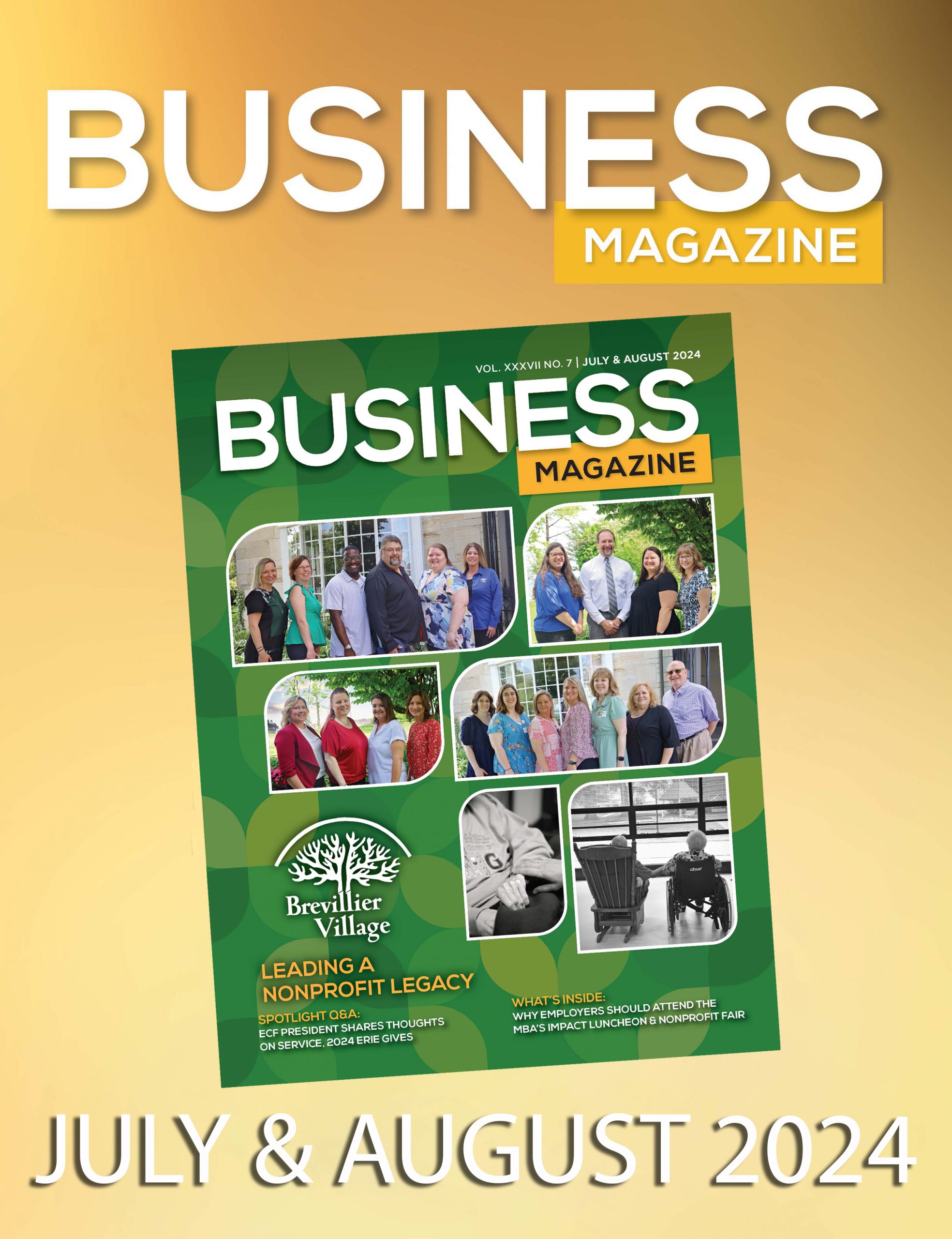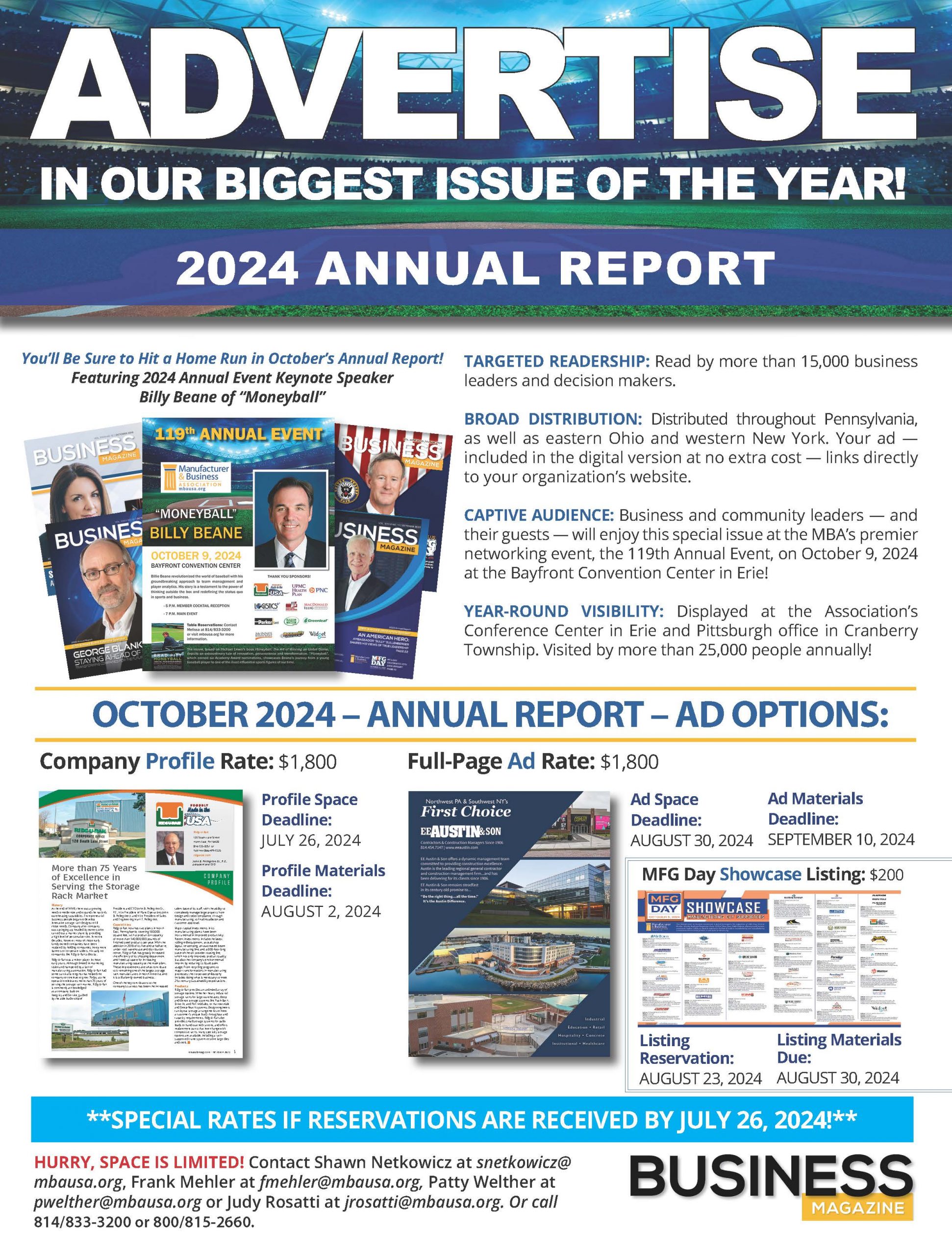Integrating Leave of Absences, Employee Assistance Programs
Jim Kinville, M.A., is the senior director for Life Solutions EAP.
Linda Croushore, M.Ed., is the senior director of Disability Services at UPMC.
A 2013 study by the Integrated Benefits Institute (IBI) reported that the prevalence of depression among workers is close to 20 percent and that more than 60 percent of these depressed employees go untreated. At the same time, 97 percent of employees who file a leave claim for depression also report other comorbid conditions. The impact of depression and other conditions may be amplified when employees are on leave caring for family members that need them. At a minimum, there are emotional, financial and lifestyle implications for these employees.
For employers, the IBI study estimated the yearly cost in lost work time and medical treatments at $62,000 per 100 employees. In an internal analysis of its parent company, WorkPartners discovered that employees who took a leave of absence were 5 percent more likely to suffer depression than they were before taking the leave.
To combat this and associated costs, a program was implemented to engage employees on leaves of absence with the Life Solutions employee assistance program (EAP), providing them the resources they need to help them manage the range of life challenges they may be facing.
The program includes employees who are calling in to request a leave to care for a spouse, child and/or parent. The leave intake specialists process the leaves as normal and then, near the end of the interaction, warm-transfer the employee to a live phone connection with the EAP provider. Next, the EAP care manager engages the employee in a conversation, giving the employee information on services that may assist the employee based on the details of the individual situation.
Each employee’s original EAP care manager makes a follow-up call 30 days later to review the employee’s needs and provide additional support if appropriate.
Types of Services Used
By speaking with the EAP care manager, employees are able to determine services that will best assist them throughout their leave. The types of services used by those who accepted assistance varied but show the diverse concerns and issues these employees experience as they go through the leave process. The services most utilized were referrals to the Institute on Aging, general counseling, child care, legal services and financial consultations.
Most individuals using leave need to manage multiple issues. EAP care managers report they have helped to address nine or more different areas of need related to health, emotional issues, work-life balance, financial, legal and more. In fact, it is rare that someone only has one specific area of need. Care managers have assisted with linkages to other programs, such as wellness coaching and complex case management.
Findings
While the results of the program consider a number of variables (type of leave, leave circumstances, etc.) that are still being studied to fully determine the effect of EAP programs on leave duration, some key results include:
• All employees who were transferred to the EAP accepted the initial services for a 100-percent engagement rate. An informational flier
was sent to all callers who agreed to receive it.
• Care managers reported there were no complaints about the offer of free services through the EAP.
• Of the employees who were transferred to the EAP, 12 percent accepted services beyond the initial warm transfer.
• Employees who used the extra support experienced leave durations that were, on average, four days shorter than those who did not use the support.
For more information,visit www.lifesolutionsforyou.com.












